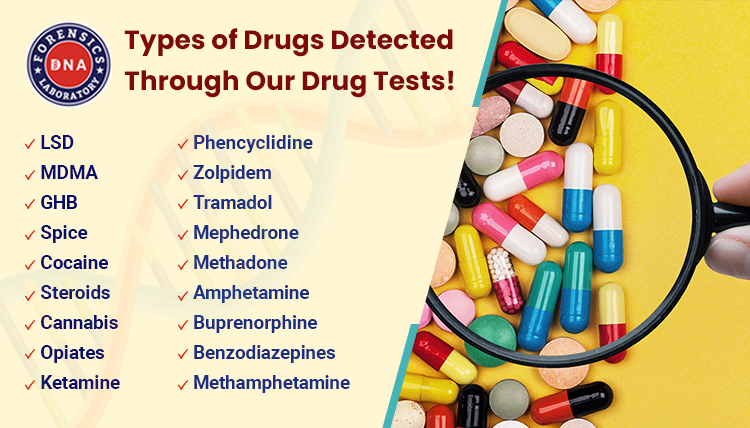Alcohol Detection Time - Factors And Test Types
DNA Forensics Laboratory Pvt. Ltd. is a reputable company specializing in drug testing solutions.

Alcohol abuse is a serious public health concern that affects both individuals and communities. When people consume alcohol excessively, habitually, or in a manner that leads to negative consequences, it is often classified as alcohol abuse. This behavior can result in various physical, psychological, and social problems. To address the challenges posed by alcohol abuse, various alcohol testing methods have been developed. These tests play a vital role in ensuring safety, legal compliance, and the identification and management of alcohol-related issues.
Types of Alcohol Detection Tests
There are numerous methods for checking alcohol abuse, including Breathalyzer, Blood, Urine, and Saliva tests. However, one of the most effective and reliable tests is the nail and hair alcohol tests.
- Hair Alcohol Detection Test: This test analyzes a person's hair strands to detect the presence of ethyl glucuronide (EtG) & fatty acid ethyl esters (FAEEs). These compounds are produced when the body metabolizes alcohol and can be detected in the hair for up to 90 days after alcohol consumption. Hair alcohol testing offers a long-term perspective on a person's alcohol consumption and is particularly valuable when recent alcohol use is unknown or cannot be determined.
- Nail Alcohol Detection Test: This test analyzes fingernail or toenail clippings for the presence of EtG. Similar to hair alcohol tests, nail alcohol detection tests provide a long-term view of alcohol consumption. EtG molecules can be detected in nail clippings for up to six months after alcohol consumption. Nail alcohol testing is especially useful when an individual may have shaved their hair or experienced hair loss due to medical treatments.
Factors Influencing Alcohol Detection Time
The detection time for alcohol in the body varies based on several factors, including:
- BAC Level: The blood alcohol content (BAC) level significantly affects detection times. Higher BAC levels result in longer detection periods, with alcohol remaining in the system for several hours after consumption.
- Metabolism: Individual metabolic rates play a crucial role in how quickly the body processes and eliminates alcohol. Faster metabolisms tend to remove alcohol more rapidly, leading to shorter detection times.
- Frequency of Consumption: Regular alcohol consumption can lead to the accumulation of alcohol metabolites in the body. This can extend the detection window for individuals who consume alcohol frequently.
- Food Intake: Consuming food before or during alcohol consumption can slow the absorption of alcohol into the bloodstream. This may influence the onset of alcohol's effects and affect detection times.
- Body Weight: Alcohol is distributed more quickly in individuals with lower body weight. This can lead to shorter detection times, as alcohol is processed and eliminated more rapidly in such individuals.
Why Choose DNA Forensics for an Alcoholism Test?
DNA Forensics Laboratory Pvt. Ltd. is among the leading providers of precise and accredited DNA test results. Our services cater to various needs, including drug & alcohol detection tests for Indian citizens at competitive prices. With a network of over 400 collection centers in India & abroad, individuals can conveniently access our services. Whether you visit the nearest collection center or request collection agents to come to your address, we ensure accessibility and accuracy in all our tests. Moreover, we're the only Indian company providing legal DNA Tests.
For further information on alcoholism tests, call us at +91 8010177771 or WhatsApp at +91 9213177771


